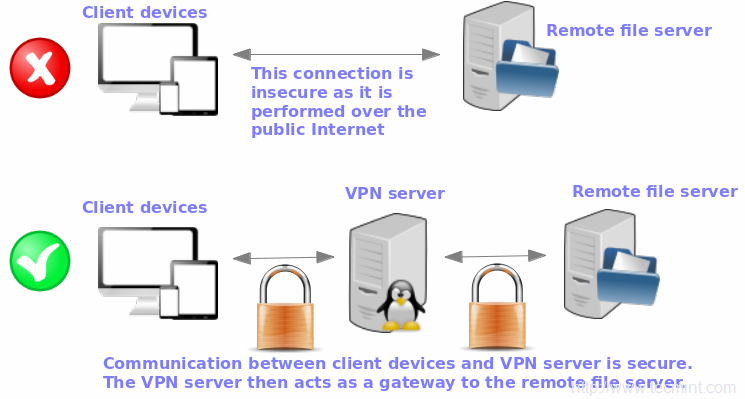If you happen to be heading to set up the DNS on your router then it can wait around.
If you reset and the DNS isn’t really doing work then your router may be the lead to or the configurations didn’t conserve. Changing DNS on your router. This will use the DNS on all products related to your router ( wired or WiFi )1.
- Reality-search their signing policy and jurisdiction.
- Search for IP, WebRTC and DNS spills from apps and browser extensions.
- Position them accordingly on our web site.
- The Reason Why a really good Bargain VPN?
- What is the right way to Sidestep a VPN Prohibit?
- Examine VPN app’s user and usability-friendliness.
Go to your router’s settings . If you you should not know how then stick to these techniques normally go to step two. Open up the command prompt by urgent windows/command important R then variety ” cmd ” enter or click the commence button and research for cmd.
In the command prompt style, ipconfig/all and push enter. Seem for the address labeled ” Default Gateway https://veepn.co/ ” and copy the figures. ( it should search like xxx. xxx.

x. x – and not this variety of tackle fe )Paste that handle into your browser.
In my scenario, it really is 192. If you did not make just one test “admin” for the person and “password” for the password.
If that fails Google the identify of your router and the consumer/move. 2. Obtain the DNS options . This can fluctuate from router to router and you might have to Google how to do this for your individual router.
You may want to obtain a thing like DNS Override , there should be 2–3 inputs for DNS addresses. Set the addresses you want to use in this article. rn )Part 2: Setting up a VPN. In this element, we will put in and use OpenVPN and config for it. rn )rn )3. Navigate to your OpenVPN config folder .
If you d >C:Application FilesOpenVPNconfig. rn )5. With all that accomplished you can close every little thing. Fixing Browser Leaks. There is a browser attribute called WebRTC that will leak your details, here is how to fix it in some browsers.
Firefox one. In Firefox sort ” about:config ” in your deal with bar and press Enter.
On the config page research for: media. peerconnection. enabled three. Transform it to wrong by double-clicking on it. Restart Firefox. Google Chrome Sad to say, there are no configurations for it and you may want to install WebRTC Network Limiter extension by Google. Opera one. Variety ” about:config ” in the deal with bar and press Enter. Obtain ” WebRTC ” and pick out ” Disable non-proxied UDP “. Moment of Real truth. Finally, we try out out the VPN. rn )2. Operate some assessments head to dnsleaktest. com and ipleak. web to spot any leaks. If every little thing worked then your DNS should really be the one particular you transformed it to, your IP tackle must be diverse, no private info, and so forth. Install and Set up OpenVPN Server on Fedora 29/CentOS seven. In this manual, we are going to understand how to Set up and Set up OpenVPN Server on Fedora 29/CentOS 7. OpenVPN is an open-supply VPN software program that permits us to create an SSL-dependent VPN tunnel. Visualize you would like to hook up to your co-oporate intranet from a remote location. Well fret not mainly because if you have VPN server setup, this can be achievable. Virtual Personal Community (VPN) offers a safe tunnel that extends non-public community throughout a community community, i. e It allows make a Large Spot Community (WAN) from existing Area Location Networks (LAN). As a end result, consumers can securely send out information throughout general public networks as if they were being right connected to their LAN. You can discover a lot more about OpenVPN right here. Install and Set up OpenVPN Server on Fedora 29/28/CentOS seven. Without a lot theory, let’s have a seem at a move by step process on how Install and Set up OpenVPN Server on Fedora 29/28/CentOS seven.

